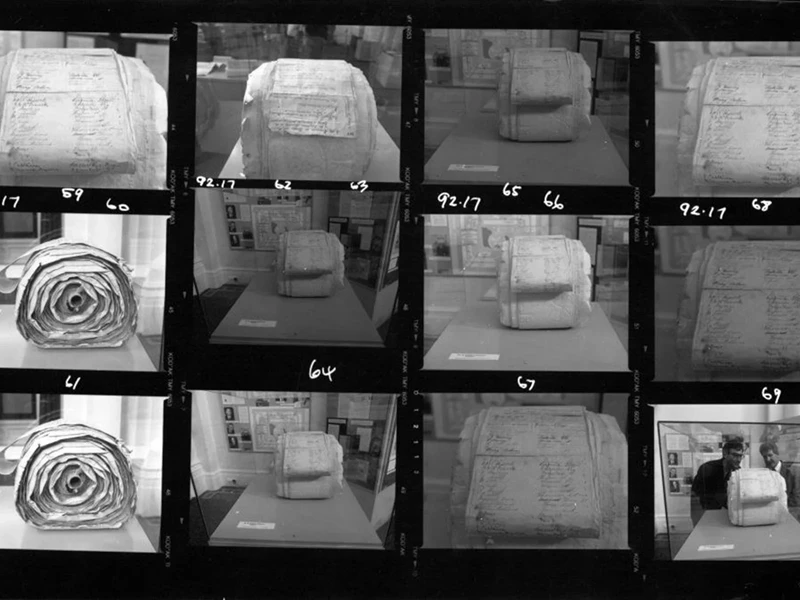Petitions allow citizens to set the agenda
15 May 2023

The Victorian Parliament is no stranger to the petition, the most famous of which is arguably still the ‘monster petition’ of 1891.
That petition, demanding women be given the right to vote, was signed by 30,000 women, ran to 260 metres in length, and paved the way for women’s suffrage 19 years later.
In the 21st century there is no longer any need to glue paper sheets to a giant length of calico. These days an electronic petition can also be tabled.
And, thanks to recent changes in the Legislative Council, a petition can trigger a debate in that chamber.
In the case of a paper petition, 2,000 signatures is enough to trigger the debate and, if that petition is either an e-petition, or some combination of an e-petition and paper petition, then 10,000 signatures will be needed to bring about a debate.
Up to 30 minutes has been set aside for debates on petitions on Wednesday evenings, with each member able to speak for five minutes on the petition and the petition sponsor getting an additional two minutes to reply to other members' contributions in the end.
The Member for South-Eastern Metropolitain, David Limbrick initiated the first debate under the new rules during the March sitting.
‘Today I stand for 10,000 Victorians who in just three days signed a petition to trigger this debate about medical privacy and consent. This is the first debate of this kind and a significant moment in the history of this Parliament,’ Mr Limbrick told the Legislative Council.
All tabled petitions tabled in the Legislative Council must receive a written response from the relevant Minister within 30 days of the petition being tabled.
Any Victorian resident can start or sign a petition, including people under the age of 18.
You can start your own petition on the Parliament’s website, where you will also find guidance on finding a sponsor for your petition and details on the rules for petitions.
Additionally a range of petitions to the Legislative Council are available on the website that you can add your signature to.